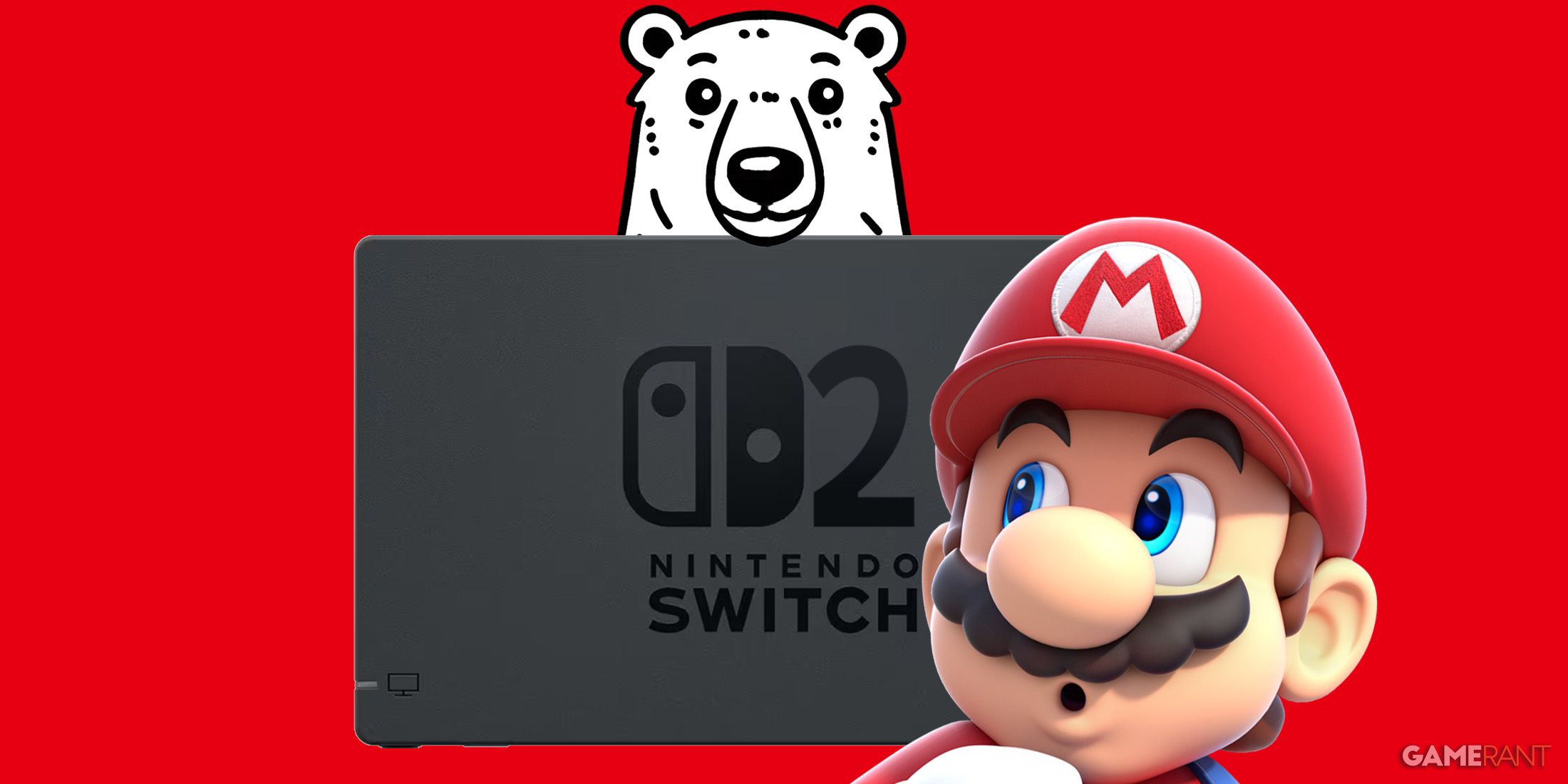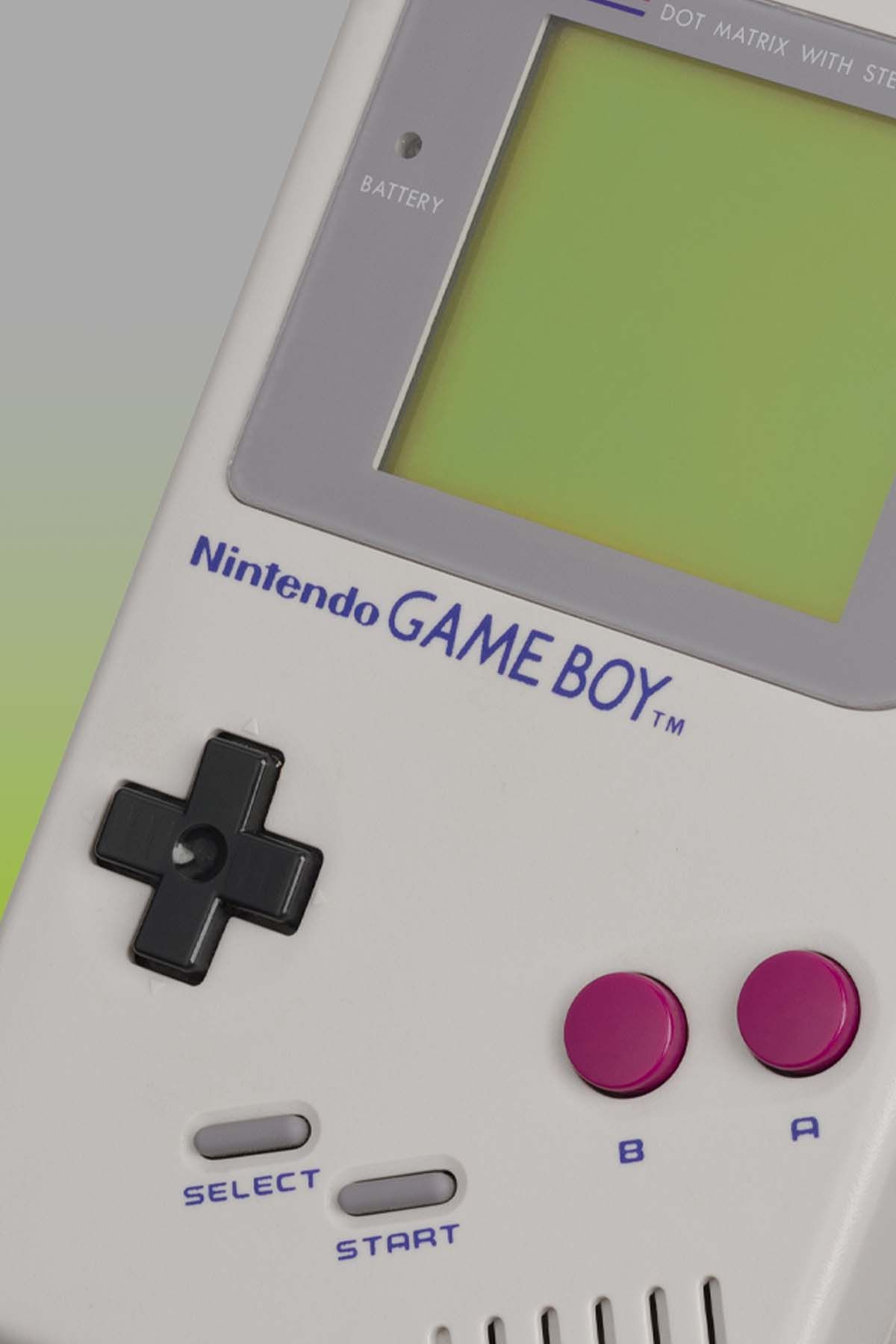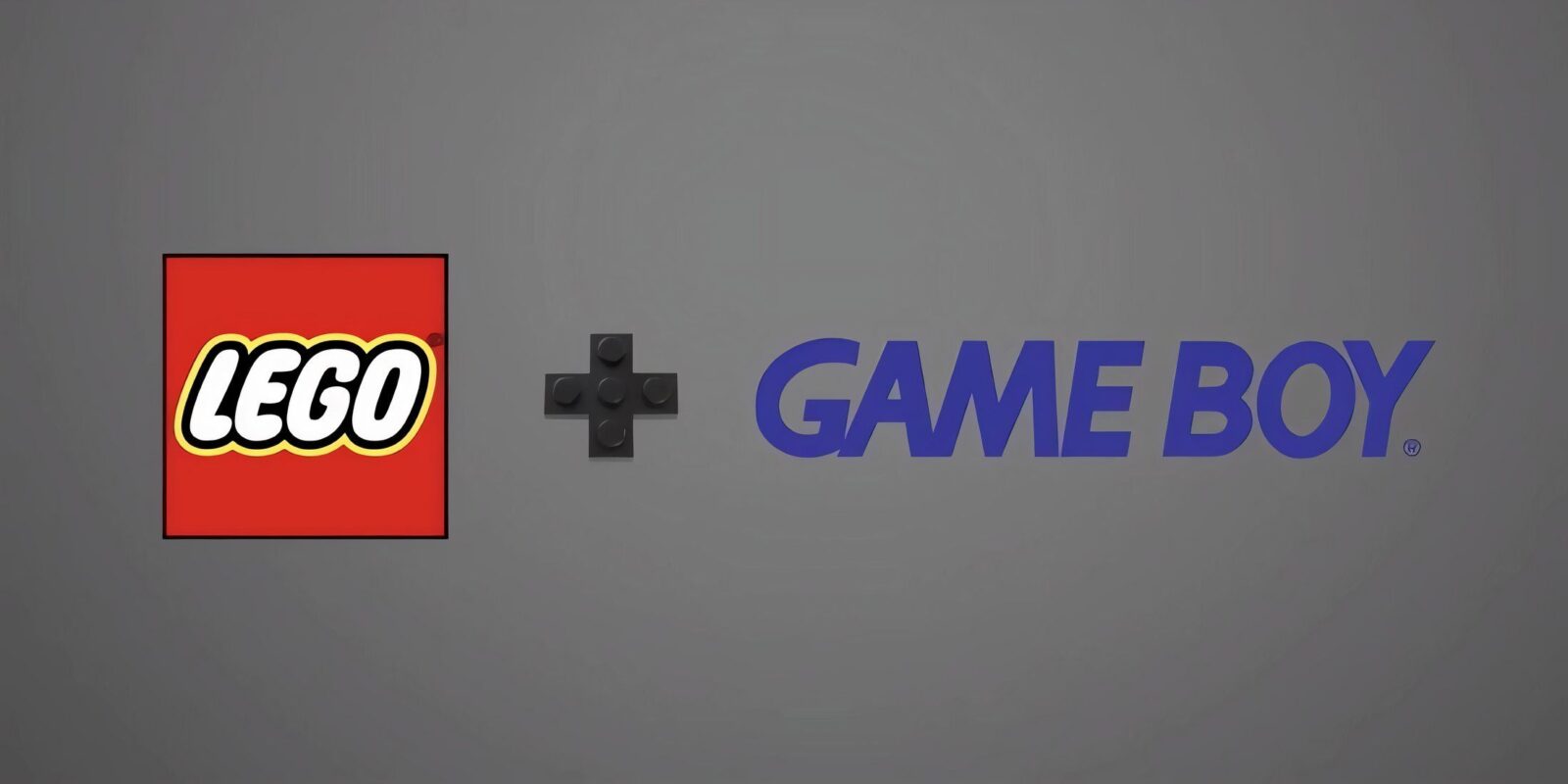Over the last few weeks, many gamers have impatiently been waiting for Nintendo to announce its long-rumored next-gen console, the Switch 2. Although Nintendo has openly stated that the upcoming system will be unveiled sometime before March 31, 2025, its relative silence regarding the console has left some people irritated. To make matters worse, rather than sharing more information about the Switch 2, the company has spent the last several months making all kinds of unconventional announcements instead. It, for instance, recently revealed a $100 alarm clock called the Alarmo, launched an Android/iOS-exclusive streaming service named Nintendo Music, and even provided more details about the Super Nintendo World amusement park that’s coming to Universal Epic Universe this year.
Nintendo made yet another non-Switch 2-related announcement earlier this week, this time pertaining to its retro hardware. On January 9, the Japanese game giant confirmed that a LEGO Game Boy block kit was in the works and would be released sometime in October 2025. The reveal of this block kit wasn’t that much of a surprise, considering LEGO and Nintendo had worked together to create other sets in the past. The LEGO Game Boy, however, is a tad more noteworthy compared to Nintendo’s previous block kits since it’s a reminder of an era in gaming history that’s long gone: the time when dedicated handhelds were still a big deal.

Related
Nintendo Switch 2 Dock Leaks Online With Polar Bears
One of the rising stars among leakers shares an alleged image of a Nintendo Switch 2 dock, complete with a pair of polar bears.
The LEGO Game Boy is a Callback to a Period in Nintendo History That’s No More
Nintendo Used to Release Consoles Designed Exclusively for On-The-Go Gaming
Back in the 90s, 2000s, and 2010s, Nintendo was manufacturing its own dedicated handhelds. These consoles could only be played on the go and were not attachable to a TV or a monitor via a dock; rather, they were designed exclusively for portable use. One of the earliest products that Nintendo released in this market was the aforementioned Game Boy. This fourth-generation console was launched in 1989 at the modest price of $89.99, and was an unprecedented hit for the company. It flew off store shelves across the world and eventually sold more than 118 million units as of 2016, making it one of the best-selling consoles of all time.
The success of the Game Boy encouraged Nintendo to pursue more projects in the handheld market instead of focusing solely on home consoles. In 2001, the company launched the Game Boy Advance, a 32-bit handheld that featured improved hardware capabilities, a smaller form factor, and a more ergonomic design compared to the original Game Boy. Just three years later, Nintendo released a dual-screen console called the Nintendo DS, which had a clamshell design, a touchscreen, and a built-in microphone. Last but certainly not least, it launched the Nintendo 3DS in 2011, a system that was notable for its stereoscopic 3D functionality.
The Switch is Great, But It Lacks Some of the Charm that Nintendo’s Prior Handhelds Had
Of course, Nintendo still makes handheld consoles these days, but its current-gen platform, the Switch, is more of a hybrid device than a portable-only system. The Switch’s practical nature and adaptability makes it easy to use in any circumstance; players can play Switch games while lying in bed or experience them in the living room on a big-screen TV. As great as this feature is, one can’t help but wonder just how much charm Nintendo hardware lost in its transition from handheld to hybrid.
Nintendo games on the DS and the Game Boy may have been far more restricted by hardware than they are now, but the consoles’ unique aspects gave developers the opportunity to experiment more with their titles. Additionally, many of Nintendo’s early handhelds were far smaller and more compact than, say, the Switch or the Steam Deck, which allowed them to be carried in one’s pocket. Sadly, because most handhelds are hybrid consoles nowadays, they are usually much larger than the portable Nintendo consoles of the past and are fairly similar to each other in terms of hardware functionality. It’s hard to find a modern dual screen handheld or Game Boy-sized console, but Switch-like portable devices are a dime a dozen.

Nintendo Game Boy
Nintendo’s original Game Boy was part of the fourth generation of consoles and was the first time the company attempted to create a handheld gaming system. It was beloved by players and managed to spawn a successful line of upgraded Game Boys in the future.
- Brand
-
Nintendo
- Original Release Date
-
July 31, 1989
- Original MSRP (USD)
-
$89.99
- Weight
-
7.76 oz












Leave a Reply